 Western white pine is an important conifer species that produces highly prized straight-grained, non-resinous wood used in lumber and value-added products. Once prevalent in BC’s forests, this white pine species almost vanished when, in the early 20th century, an exotic pathogen called Cronartium ribicola was introduced into North America from Europe — killing up to ninety-five percent of Canada’s wild stands of western white pine. “This situation may become worse because climate change makes the race between trees and pathogens even more unpredictable,” said Dr. Jun-Jun Liu, a molecular forest pathologist working to save the threatened pines.
Western white pine is an important conifer species that produces highly prized straight-grained, non-resinous wood used in lumber and value-added products. Once prevalent in BC’s forests, this white pine species almost vanished when, in the early 20th century, an exotic pathogen called Cronartium ribicola was introduced into North America from Europe — killing up to ninety-five percent of Canada’s wild stands of western white pine. “This situation may become worse because climate change makes the race between trees and pathogens even more unpredictable,” said Dr. Jun-Jun Liu, a molecular forest pathologist working to save the threatened pines.
The disease caused by this fungal invader is commonly called white pine blister rust (WPBR), it attacks and kills white pines of all ages. The impact of the fungus has led the federal government to declare one native white or five-needle pines (whitebark pine) endangered in accordance with the Species at Rick Act. …Liu and his team at Natural Resources Canada’s Pacific Forestry Centre in Victoria, British Columbia are engaged in long-term research to identify and enhance a genetic resistance road-map. They screen trees with disease resistance in order to develop genomics-based breeding tools.

 Canfor Corporation announced that it will implement reduced operating schedules at its Western Canadian sawmills effective April 4, 2022 due to the cumulative effects of the unprecedented global supply chain crisis that has been ongoing for several months. The reduced operating schedules will remain in effect for a minimum of four weeks and the Company will continue to assess and make adjustments to operating schedules as supply chain conditions evolve. “We are experiencing extreme supply chain challenges that are significantly impacting our operations and it has become imperative to reduce operating schedules to address our unsustainable inventory levels. We regret the impact that the reduced operating schedules will have on our employees, contractors and communities and we will make efforts to mitigate the negative effects,” said Don Kayne, President and CEO, Canfor. “We will continue to leverage our global operating platform to minimize disruptions in supply to our customers.”
Canfor Corporation announced that it will implement reduced operating schedules at its Western Canadian sawmills effective April 4, 2022 due to the cumulative effects of the unprecedented global supply chain crisis that has been ongoing for several months. The reduced operating schedules will remain in effect for a minimum of four weeks and the Company will continue to assess and make adjustments to operating schedules as supply chain conditions evolve. “We are experiencing extreme supply chain challenges that are significantly impacting our operations and it has become imperative to reduce operating schedules to address our unsustainable inventory levels. We regret the impact that the reduced operating schedules will have on our employees, contractors and communities and we will make efforts to mitigate the negative effects,” said Don Kayne, President and CEO, Canfor. “We will continue to leverage our global operating platform to minimize disruptions in supply to our customers.”

 Vancouver, BC – Western Forest Products Inc. today announced that it has earned a spot on the 2022 Report on Business Women Lead Here list, an annual editorial benchmark identifying best-in-class executive gender diversity in corporate Canada. Established in 2020 by Report on Business magazine, the Women Lead Here initiative applies a proprietary research methodology to determine Canadian corporations with the highest degree of gender diversity among executive ranks. This initiative highlights businesses that have made tangible, systemic, organizational progress related to executive gender parity. “We are proud to have one of the most gender diverse Board and executive management teams in the industry,” said Jennifer Foster, Senior Vice President, Corporate Affairs and Human Resources, Western Forest Products. “As we celebrate this recognition of women in leadership roles, I would also like to acknowledge the valued contributions of all of the women on the Western team.
Vancouver, BC – Western Forest Products Inc. today announced that it has earned a spot on the 2022 Report on Business Women Lead Here list, an annual editorial benchmark identifying best-in-class executive gender diversity in corporate Canada. Established in 2020 by Report on Business magazine, the Women Lead Here initiative applies a proprietary research methodology to determine Canadian corporations with the highest degree of gender diversity among executive ranks. This initiative highlights businesses that have made tangible, systemic, organizational progress related to executive gender parity. “We are proud to have one of the most gender diverse Board and executive management teams in the industry,” said Jennifer Foster, Senior Vice President, Corporate Affairs and Human Resources, Western Forest Products. “As we celebrate this recognition of women in leadership roles, I would also like to acknowledge the valued contributions of all of the women on the Western team. 
 BC Wood is pleased to announce that Provincial funding for the Wood First Program has been approved for the coming year. Beginning April 1st, 2022, we will be coordinating and delivering an exciting lineup of activities to assist you in your marketing and business development! These activities include: Marketing and Business Assessments; Company Projects; and Workshops.
BC Wood is pleased to announce that Provincial funding for the Wood First Program has been approved for the coming year. Beginning April 1st, 2022, we will be coordinating and delivering an exciting lineup of activities to assist you in your marketing and business development! These activities include: Marketing and Business Assessments; Company Projects; and Workshops. 

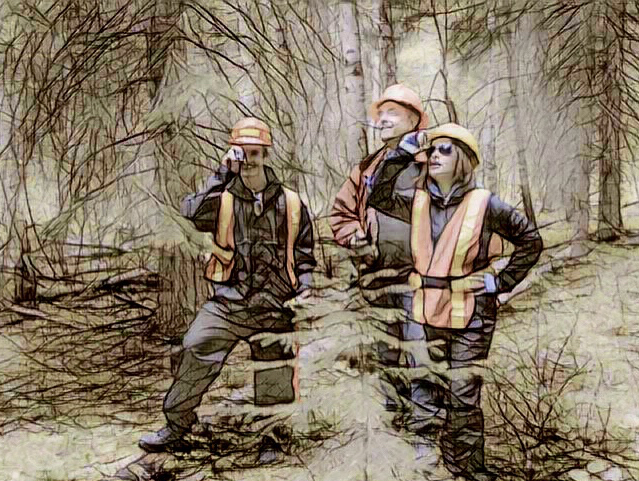 Are you looking to enter into a new career or improve your abilities in the environmental sector? BCIT is offering a new micro-credential:
Are you looking to enter into a new career or improve your abilities in the environmental sector? BCIT is offering a new micro-credential: 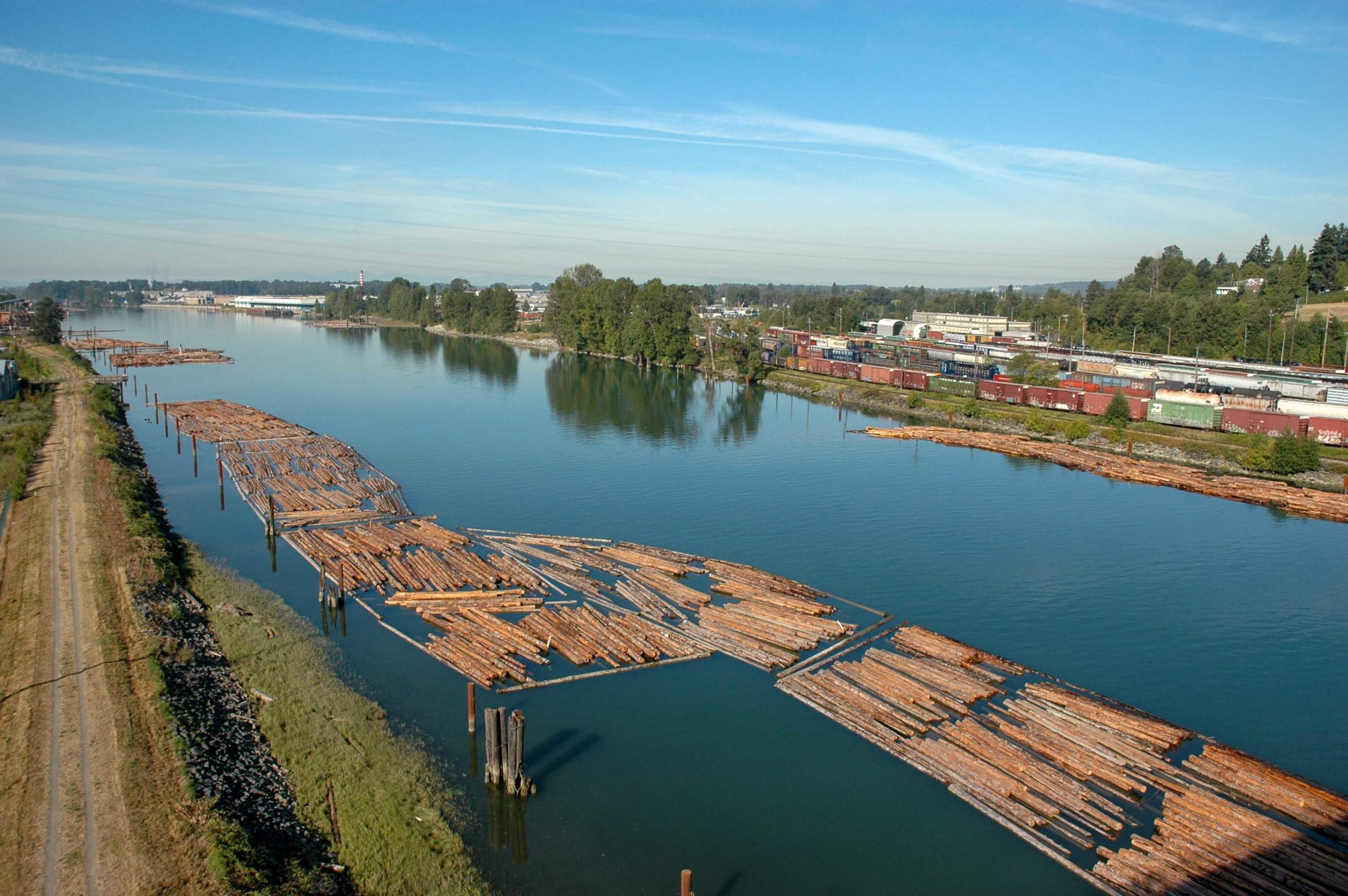 Why are the old growth trees and forests being cut down, (often clear cut instead of selectively logged), when the Fraser River near the Lower Mainland cities is full of floating pods of lumber, growing larger with time, much of it visibly rotting around us? Enough is enough! Be innovative. Start building with new, safer materials. Enough is enough! Be innovative. Start building with new, safer materials. [End of story]
Why are the old growth trees and forests being cut down, (often clear cut instead of selectively logged), when the Fraser River near the Lower Mainland cities is full of floating pods of lumber, growing larger with time, much of it visibly rotting around us? Enough is enough! Be innovative. Start building with new, safer materials. Enough is enough! Be innovative. Start building with new, safer materials. [End of story]
 Dear BC Elected Officials, I concerns me that we have BC taxpayers so committed to saving forests and battling climate change that they embark today on a 25 day hunger strike. Is there any other issue in BC that has ever spawned such ardent actions for no personal gain? “Deforestation is at the root of the climate emergency in British Columbia.” – says old-growth forest activist Howard Breen joined on this strike with Brent Eichler. They embark on solidarity fasts TODAY, seeking NDP Forestry Minister, Katrine Conroy meet their demand for a public meeting to discuss significant forestry concerns. Howard’s platform is to save all BC’s remaining old growth and spotlight NDP’s 2017 election promise to curb raw log exports. …it was the actions of hunger strikers in 2020 that galvanized the Fairy Creek Forest Defenders to initiate the blockades in TFL 46 .
Dear BC Elected Officials, I concerns me that we have BC taxpayers so committed to saving forests and battling climate change that they embark today on a 25 day hunger strike. Is there any other issue in BC that has ever spawned such ardent actions for no personal gain? “Deforestation is at the root of the climate emergency in British Columbia.” – says old-growth forest activist Howard Breen joined on this strike with Brent Eichler. They embark on solidarity fasts TODAY, seeking NDP Forestry Minister, Katrine Conroy meet their demand for a public meeting to discuss significant forestry concerns. Howard’s platform is to save all BC’s remaining old growth and spotlight NDP’s 2017 election promise to curb raw log exports. …it was the actions of hunger strikers in 2020 that galvanized the Fairy Creek Forest Defenders to initiate the blockades in TFL 46 . A group of climate change activists called “Save Old Growth” are prepared to make their voices heard through public protests in the upcoming weeks. … The group made headlines earlier this year by supergluing themselves to major highways and bridges to halt traffic and protest old-growth logging. …After a 2-month hiatus from protesting, the group has decided that on April 4th they will once again be taking to the streets to protest. Protestor Brent Eichler … is currently on a 2 year probation period. Although Eichler will no longer be on the front lines of the protest, he says that he will continue to play a small part in their campaign. Eichler began a hunger strikeon March 26th and says he won’t stop until the Minister of Forestry Katrine Conroy speaks with the group and develops a plan on how to save the last remaining old-growth trees.
A group of climate change activists called “Save Old Growth” are prepared to make their voices heard through public protests in the upcoming weeks. … The group made headlines earlier this year by supergluing themselves to major highways and bridges to halt traffic and protest old-growth logging. …After a 2-month hiatus from protesting, the group has decided that on April 4th they will once again be taking to the streets to protest. Protestor Brent Eichler … is currently on a 2 year probation period. Although Eichler will no longer be on the front lines of the protest, he says that he will continue to play a small part in their campaign. Eichler began a hunger strikeon March 26th and says he won’t stop until the Minister of Forestry Katrine Conroy speaks with the group and develops a plan on how to save the last remaining old-growth trees.

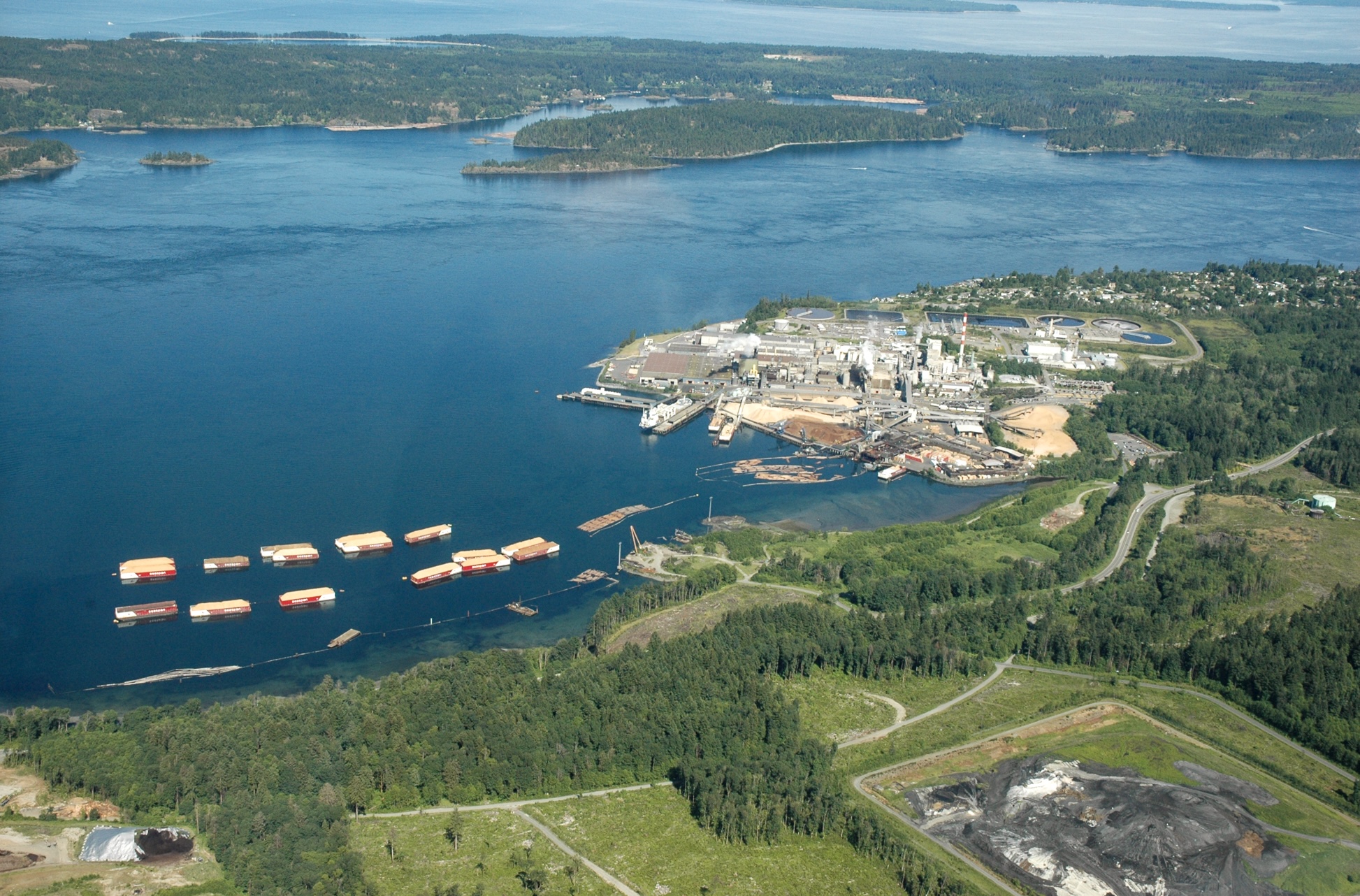 Campbell River is part and parcel of the greater north-central portion of Vancouver Island and the associated mainland. It may very well be the heart of this area that I call the “Forest Village.” …this village is nature-based and our very future depends upon how well we realize and govern our activities within this truth. To me, planning and development in Campbell River and the regional district has had a clear top-down character…organised along the lines of the services that public authorities provide. Until recently, these “silos”…were relatively effective in delivering public management. Yet, the effectiveness of dealing with cross-sectoral issues … has been limited. …Now at a time when the public trust in government seems to be decaying [and we turn] toward a more participatory approach, our city centres [need] to transform from “Government” to “Governance”… As residents, let’s help our leaders provide the socio-environmental context in which we all benefit.
Campbell River is part and parcel of the greater north-central portion of Vancouver Island and the associated mainland. It may very well be the heart of this area that I call the “Forest Village.” …this village is nature-based and our very future depends upon how well we realize and govern our activities within this truth. To me, planning and development in Campbell River and the regional district has had a clear top-down character…organised along the lines of the services that public authorities provide. Until recently, these “silos”…were relatively effective in delivering public management. Yet, the effectiveness of dealing with cross-sectoral issues … has been limited. …Now at a time when the public trust in government seems to be decaying [and we turn] toward a more participatory approach, our city centres [need] to transform from “Government” to “Governance”… As residents, let’s help our leaders provide the socio-environmental context in which we all benefit.


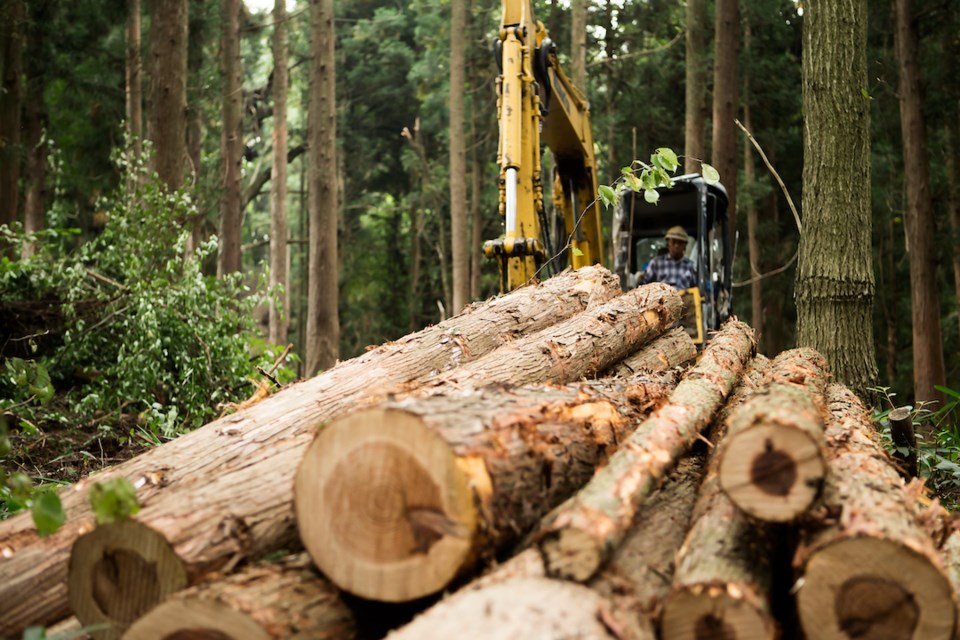


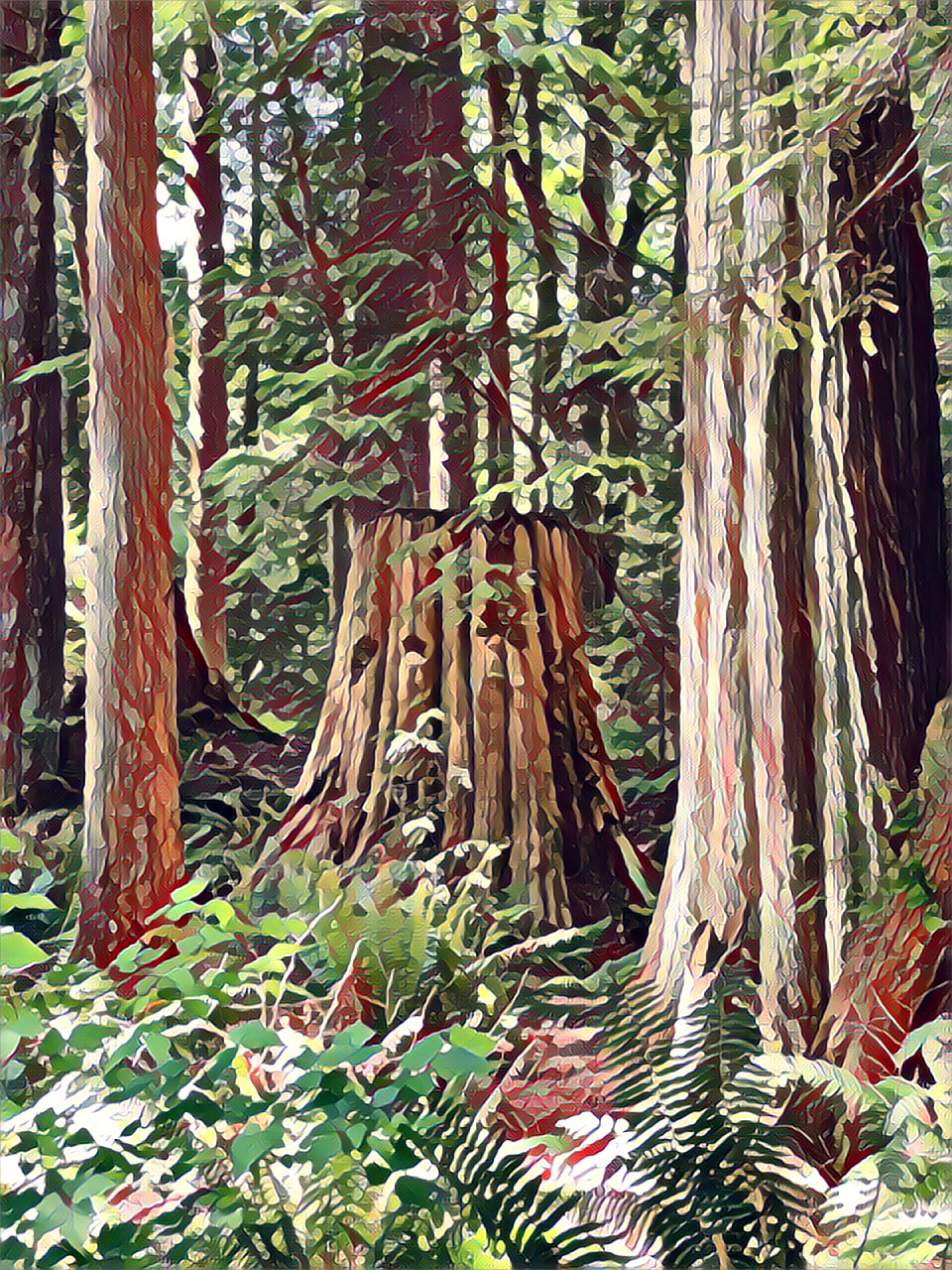 The Anacla Old-Growth Summit, postponed last November, has been rescheduled to April 28. Tsawak-qin Forestry Limited Partnership and Huu-ay-aht First Nations are co-hosting the event, which was deferred due to provincial travel restrictions. Tayii Ha’wilth Derek Peters (Head Hereditary Chief, Huu-ay-aht First Nations) and Elected Chief Councillor Robert J. Dennis, Sr. will host the summit, which will bring together 50 coastal Indigenous nations to share information on their stewardship and resource management planning and decision making processes. “As sovereign nations, we know how much old growth is left and we know the key priority is planning for what happens in the long term,” Dennis Sr. said. …In stark contrast to public conversations to date, this summit will reflect the depth and broad range of professionals, academics and subject matter experts who advise sovereign nations. …The summit will also be an opportunity to introduce the Indigenous Witwak Guardians who protect, monitor and enhance Tsawak-qin Forestry operations.
The Anacla Old-Growth Summit, postponed last November, has been rescheduled to April 28. Tsawak-qin Forestry Limited Partnership and Huu-ay-aht First Nations are co-hosting the event, which was deferred due to provincial travel restrictions. Tayii Ha’wilth Derek Peters (Head Hereditary Chief, Huu-ay-aht First Nations) and Elected Chief Councillor Robert J. Dennis, Sr. will host the summit, which will bring together 50 coastal Indigenous nations to share information on their stewardship and resource management planning and decision making processes. “As sovereign nations, we know how much old growth is left and we know the key priority is planning for what happens in the long term,” Dennis Sr. said. …In stark contrast to public conversations to date, this summit will reflect the depth and broad range of professionals, academics and subject matter experts who advise sovereign nations. …The summit will also be an opportunity to introduce the Indigenous Witwak Guardians who protect, monitor and enhance Tsawak-qin Forestry operations.  The people of Prince George are going to get screwed and their lives will change for the worse when they see no more logging trucks. No more logging trucks means no more billions of dollars will be pumped into the local economy. It is predicted that that up to 8,000 families that depend on forestry jobs for their income in the north will be forced onto government assistance, which means they no longer will be able to support the local economy. Businesses will close and others will be forced to reduce staff and tens of thousands more families will be forced onto government assistance in the north. Prince George will no longer be a nice place to live because nobody will have any money. This is the NDP’s plan for Northern BC. …Don’t you think it’s time to say no to the NDP plan or do you prefer all the extra time off you will have on government assistance?
The people of Prince George are going to get screwed and their lives will change for the worse when they see no more logging trucks. No more logging trucks means no more billions of dollars will be pumped into the local economy. It is predicted that that up to 8,000 families that depend on forestry jobs for their income in the north will be forced onto government assistance, which means they no longer will be able to support the local economy. Businesses will close and others will be forced to reduce staff and tens of thousands more families will be forced onto government assistance in the north. Prince George will no longer be a nice place to live because nobody will have any money. This is the NDP’s plan for Northern BC. …Don’t you think it’s time to say no to the NDP plan or do you prefer all the extra time off you will have on government assistance?


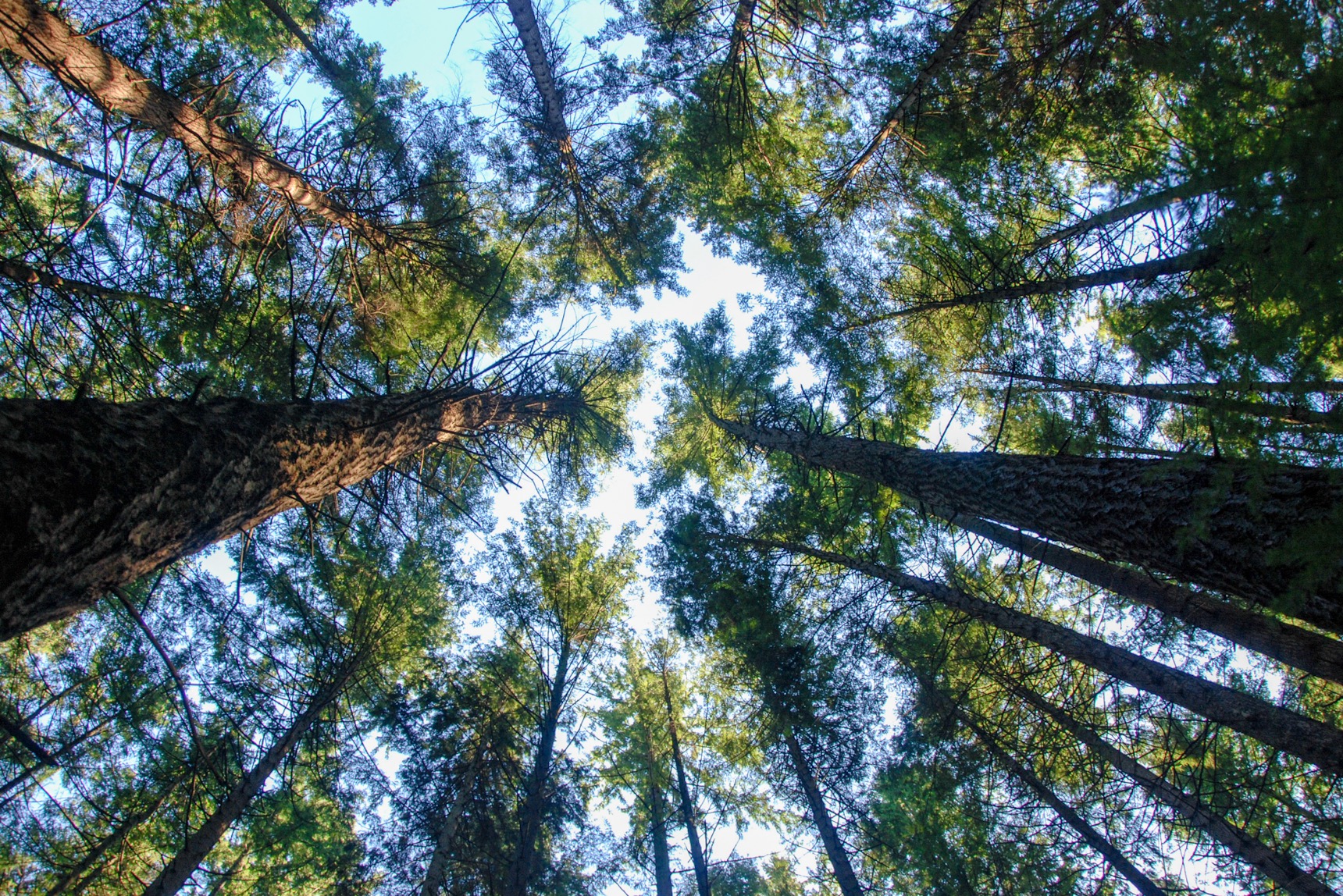 An environmental organization is offering cautious support for an announcement by the largest private landowner in British Columbia that will defer logging in 400 square kilometres of old-growth forest for the next 25 years. Mosaic Forest Management, which oversees the private lands of logging companies TimberWest and Island Timberlands, announced the deferral last week along with intentions to finance the plan through a carbon credit program that is expected to raise several hundred million dollars by 2047. A statement from the Endangered Ecosystems Alliance says exempting old-growth and older second-growth stands from logging will protect the unique trees that support everything from the climate and endangered species to wild salmon, clean water and tourism. Ken Wu, executive director of the alliance, says long-term deferrals will buy time to arrange further protection and Mosaic should be commended for its “important step” if the measure “pans out.”
An environmental organization is offering cautious support for an announcement by the largest private landowner in British Columbia that will defer logging in 400 square kilometres of old-growth forest for the next 25 years. Mosaic Forest Management, which oversees the private lands of logging companies TimberWest and Island Timberlands, announced the deferral last week along with intentions to finance the plan through a carbon credit program that is expected to raise several hundred million dollars by 2047. A statement from the Endangered Ecosystems Alliance says exempting old-growth and older second-growth stands from logging will protect the unique trees that support everything from the climate and endangered species to wild salmon, clean water and tourism. Ken Wu, executive director of the alliance, says long-term deferrals will buy time to arrange further protection and Mosaic should be commended for its “important step” if the measure “pans out.”

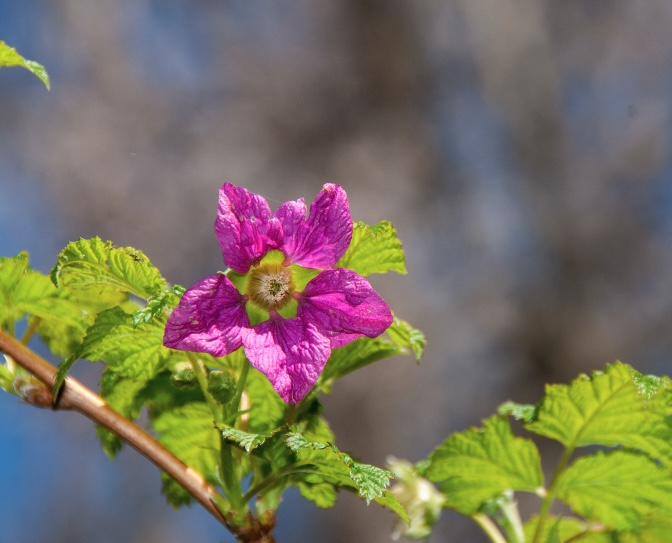 A B.C. Indigenous woman is pleading with the provincial government not to spray herbicides from Squamish to Hope, and is asking for a public consultation extension. B.C. Timber Sales has a proposed a five-year pest management plan that would involve aerial and ground spraying of herbicides, which include glyphosate, in the Chilliwack and Sea to Sky Natural Resources District, starting April 1. This area includes Stó:lō, St’át’imc, Nlaka’pamux, Squamish, and Tsleil-Waututh territories. But Angelina Hopkins Rose, 28, whose ancestral home is part of the St’át’imc Nation, said there wasn’t enough public consultation with Indigenous people… that could be negatively impacted by the potentially carcinogenic chemicals. Glyphosate is controversial but is still approved by Health Canada. …Rose said many Indigenous communities rely on picking organic berries to keep them healthy through the winter, and she worries about what chemicals they will be ingesting from picking wild fruit.
A B.C. Indigenous woman is pleading with the provincial government not to spray herbicides from Squamish to Hope, and is asking for a public consultation extension. B.C. Timber Sales has a proposed a five-year pest management plan that would involve aerial and ground spraying of herbicides, which include glyphosate, in the Chilliwack and Sea to Sky Natural Resources District, starting April 1. This area includes Stó:lō, St’át’imc, Nlaka’pamux, Squamish, and Tsleil-Waututh territories. But Angelina Hopkins Rose, 28, whose ancestral home is part of the St’át’imc Nation, said there wasn’t enough public consultation with Indigenous people… that could be negatively impacted by the potentially carcinogenic chemicals. Glyphosate is controversial but is still approved by Health Canada. …Rose said many Indigenous communities rely on picking organic berries to keep them healthy through the winter, and she worries about what chemicals they will be ingesting from picking wild fruit.


 A growing number of governments and companies are adopting net-zero greenhouse gas emissions targets. These targets often evoke nature as a way to store or remove carbon from the atmosphere to counter the climate effect of other emissions. For example, in 2019, Prime Minister Justin Trudeau promised to plant two billion trees by 2030, and investing in nature is now a key part of Canada’s climate strategy. …carbon storage in nature is likely temporary because it can be lost again due to either human activities or natural disturbances. In contrast, the climate effect of carbon dioxide emissions from burning fossil fuels is effectively permanent. If these efforts to increase natural carbon stocks are short-lived, is there any climate benefit? Our new research suggests that temporary nature-based carbon storage can help achieve our climate goals. However, the most tangible effect … would only occur if we also eliminate fossil fuel emissions.
A growing number of governments and companies are adopting net-zero greenhouse gas emissions targets. These targets often evoke nature as a way to store or remove carbon from the atmosphere to counter the climate effect of other emissions. For example, in 2019, Prime Minister Justin Trudeau promised to plant two billion trees by 2030, and investing in nature is now a key part of Canada’s climate strategy. …carbon storage in nature is likely temporary because it can be lost again due to either human activities or natural disturbances. In contrast, the climate effect of carbon dioxide emissions from burning fossil fuels is effectively permanent. If these efforts to increase natural carbon stocks are short-lived, is there any climate benefit? Our new research suggests that temporary nature-based carbon storage can help achieve our climate goals. However, the most tangible effect … would only occur if we also eliminate fossil fuel emissions.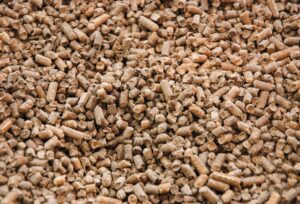 Michelle Connolly, an ecologist… described the area’s remaining ancient cedars, which grow up to four metres in diameter and can be close to 2,000 years old. The inland rainforest is also home to around 2,400 plant species, many of them rare, and wildlife such as wolves, wolverines, and southern mountain caribou. But this patch of forest is also under threat. In 2021, Connolly co-authored a peer-reviewed study that found that BC’s inland rainforest—which once totalled over 1.3 million hectares—was endangered, according to International Union for Conservation of Nature criteria, and could experience ecological collapse within a decade if current logging rates continue. The study found that 95 percent of its core habitat, forest located more than 100 metres from a road, had been lost since 1970. “We’re fighting over the last pieces,” Connolly says.
Michelle Connolly, an ecologist… described the area’s remaining ancient cedars, which grow up to four metres in diameter and can be close to 2,000 years old. The inland rainforest is also home to around 2,400 plant species, many of them rare, and wildlife such as wolves, wolverines, and southern mountain caribou. But this patch of forest is also under threat. In 2021, Connolly co-authored a peer-reviewed study that found that BC’s inland rainforest—which once totalled over 1.3 million hectares—was endangered, according to International Union for Conservation of Nature criteria, and could experience ecological collapse within a decade if current logging rates continue. The study found that 95 percent of its core habitat, forest located more than 100 metres from a road, had been lost since 1970. “We’re fighting over the last pieces,” Connolly says.